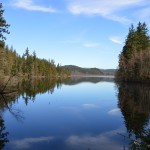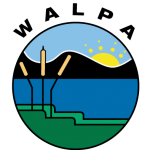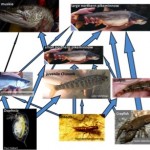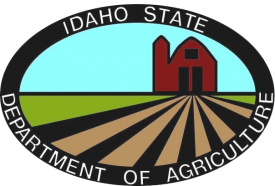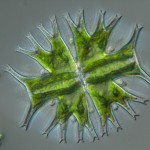Lake Kapowsin could be state’s first freshwater reserve
by Alex Storvick, Washington Puget SoundCorps and Aquatic Reserves Program
The Washington State Department of Natural Resources is considering designating Lake Kapowsin as the state’s first freshwater aquatic reserve because of its unique geologic origins, natural habitats, and relatively undeveloped shorelines.
Join us in Walla Walla for a look back at lake management
It has been nearly 30 years since a group of concerned people started the Washington State Lake Protection Association. In that time, both WALPA and the science of lake ecology and management have changed dramatically. This year’s annual conference in Walla Walla will be a special event looking back at this evolution as we prepare for the next 30 years of successful lake management. If you haven’t yet done so, make plans now to join us October 26-28.
Reintroducing native salmon above formerly impassable dams on the Lewis River
By Mark H Sorel, David A Beauchamp and Adam G Hansen, Washington Cooperative Fish and Wildlife Research Unit, School of Aquatic and Fisheries Sciences, UNIVERSITY OF Washington
Anadromous salmon and trout were blocked from a significant portion of their historic range in the North Fork Lewis River in southwest Washington when three hydroelectric dams were built between 1931 and 1958. This led to the collapse of a number of salmon stocks and increased reliance on hatchery production to maintain them. However, as part of their recent relicensing agreement with the Federal Energy Regulatory Commission, the owner and operator of the dams, PacifiCorp Energy, agreed to fund the construction and operation of infrastructure to pass salmon and steelhead around the dams.
Working to stop the spread of invasive species in Idaho
by Thomas Woolf, Idaho State Department of Agriculture
Aquatic invasive species (AIS) are one of the most significant threats to the lakes and rivers of our region. AIS disrupt aquatic ecosystems, outcompete native species and cause significant impacts to water-based infrastructure and recreation. Most of these species are transported when they “hitchhike” on boats from one waterbody to another. AIS can include aquatic plants, snails, clams, and mussels.
Water quality and algae diversity of ten mountain lakes along the Mountain Loop Highway, Washington
by Katy Pfannenstein, MS Environmental Science candidate, Western Washington University
Mountain lakes are characterized as small, low-productivity aquatic systems that have a short ice-off season. They are generally protected from direct human impacts, but are poorly buffered and sensitive to atmospheric deposition and global climate change. Phytoplankton, which are free-floating, microscopic, photosynthetic organisms, can be powerful biological indicators of freshwater ecosystems.
Send us your nominations for the 2015 Secchi Disk Award!
The WALPA Board is seeking nominations for the annual Secchi Disk Award to be presented at this fall’s conference in Walla Walla. Each year WALPA recognizes an individual who has made an outstanding contribution to the science of lake management and protection. Let us know about a lake hero who should be honored with this year’s Secchi Disk Award.

